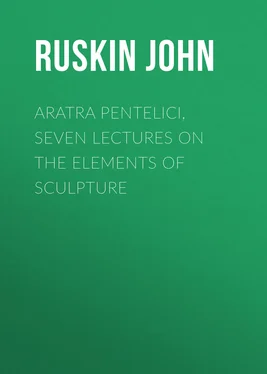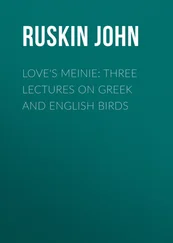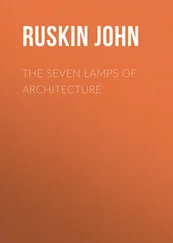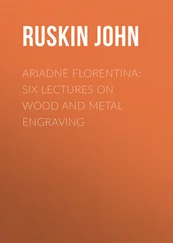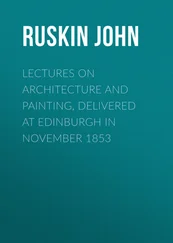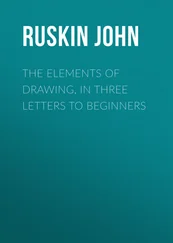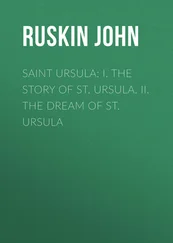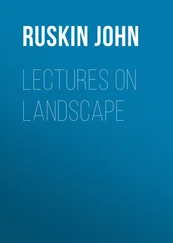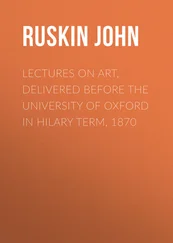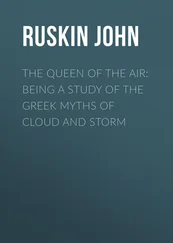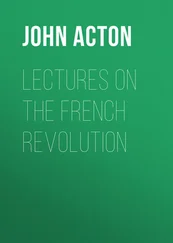John Ruskin - Aratra Pentelici, Seven Lectures on the Elements of Sculpture
Здесь есть возможность читать онлайн «John Ruskin - Aratra Pentelici, Seven Lectures on the Elements of Sculpture» — ознакомительный отрывок электронной книги совершенно бесплатно, а после прочтения отрывка купить полную версию. В некоторых случаях можно слушать аудио, скачать через торрент в формате fb2 и присутствует краткое содержание. Жанр: foreign_antique, foreign_home, literature_19, visual_arts, на английском языке. Описание произведения, (предисловие) а так же отзывы посетителей доступны на портале библиотеки ЛибКат.
- Название:Aratra Pentelici, Seven Lectures on the Elements of Sculpture
- Автор:
- Жанр:
- Год:неизвестен
- ISBN:нет данных
- Рейтинг книги:5 / 5. Голосов: 1
-
Избранное:Добавить в избранное
- Отзывы:
-
Ваша оценка:
- 100
- 1
- 2
- 3
- 4
- 5
Aratra Pentelici, Seven Lectures on the Elements of Sculpture: краткое содержание, описание и аннотация
Предлагаем к чтению аннотацию, описание, краткое содержание или предисловие (зависит от того, что написал сам автор книги «Aratra Pentelici, Seven Lectures on the Elements of Sculpture»). Если вы не нашли необходимую информацию о книге — напишите в комментариях, мы постараемся отыскать её.
Aratra Pentelici, Seven Lectures on the Elements of Sculpture — читать онлайн ознакомительный отрывок
Ниже представлен текст книги, разбитый по страницам. Система сохранения места последней прочитанной страницы, позволяет с удобством читать онлайн бесплатно книгу «Aratra Pentelici, Seven Lectures on the Elements of Sculpture», без необходимости каждый раз заново искать на чём Вы остановились. Поставьте закладку, и сможете в любой момент перейти на страницу, на которой закончили чтение.
Интервал:
Закладка:
You think, perhaps, I am quitting my subject, and proceeding, as it is too often with appearance of justice alleged against me, into irrelevant matter. Pardon me; the end, not only of these Lectures, but of my whole Professorship, would be accomplished,—and far more than that,—if only the English nation could be made to understand that the beauty which is indeed to be a joy forever, must be a joy for all; and that though the idolatry may not have been wholly divine which sculptured gods, the idolatry is wholly diabolic, which, for vulgar display, sculptures diamonds.
18. To go back to the point under discussion. A pearl, or a glass bead, may owe its pleasantness in some degree to its luster as well as to its roundness. But a mere and simple ball of unpolished stone is enough for sculpturesque value. You may have noticed that the quatrefoil used in the Ducal Palace of Venice owes its complete loveliness in distant effect to the finishing of its cusps. The extremity of the cusp is a mere ball of Istrian marble; and consider how subtle the faculty of sight must be, since it recognizes at any distance, and is gratified by, the mystery of the termination of cusp obtained by the gradated light on the ball.
In that Venetian tracery this simplest element of sculptured form is used sparingly, as the most precious that can be employed to finish the façade. But alike in our own, and the French, central Gothic, the ball-flower is lavished on every line—and in your St. Mary's spire, and the Salisbury spire, and the towers of Notre Dame of Paris, the rich pleasantness of decoration,—indeed, their so-called 'decorative style,'—consists only in being daintily beset with stone balls. It is true the balls are modified into dim likeness of flowers; but do you trace the resemblance to the rose in their distant, which is their intended, effect?
19. But, farther, let the ball have motion; then the form it generates will be that of a cylinder. You have, perhaps, thought that pure early English architecture depended for its charm on visibility of construction. It depends for its charm altogether on the abstract harmony of groups of cylinders, 9 9 All grandest effects in moldings may be, and for the most part have been, obtained by rolls and cavettos of circular (segmental) section. More refined sections, as that of the fluting of a Doric shaft, are only of use near the eye and in beautiful stone; and the pursuit of them was one of the many errors of later Gothic. The statement in the text that the moldings, even of best time, "have no real relation to construction," is scarcely strong enough: they in fact contend with, and deny the construction, their principal purpose seeming to be the concealment of the joints of the voussoirs.
arbitrarily bent into moldings, and arbitrarily associated as shafts, having no real relation to construction whatsoever, and a theoretical relation so subtle that none of us had seen it till Professor Willis worked it out for us.
20. And now, proceeding to analysis of higher sculpture, you may have observed the importance I have attached to the porch of San Zenone, at Verona, by making it, among your standards, the first of the group which is to illustrate the system of sculpture and architecture founded on faith in a future life. That porch, fortunately represented in the photograph, from which Plate I. has been engraved, under a clear and pleasant light, furnishes you with examples of sculpture of every kind, from the flattest incised bas-relief to solid statues, both in marble and bronze. And the two points I have been pressing upon you are conclusively exhibited here, namely,—(1) that sculpture is essentially the production of a pleasant bossiness or roundness of surface; (2) that the pleasantness of that bossy condition to the eye is irrespective of imitation on one side, and of structure on the other.
I.
PORCH OF SAN ZENONE. VERONA.
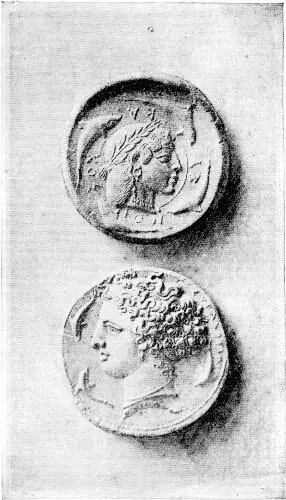
II.
THE ARETHUSA OF SYRACUSE.
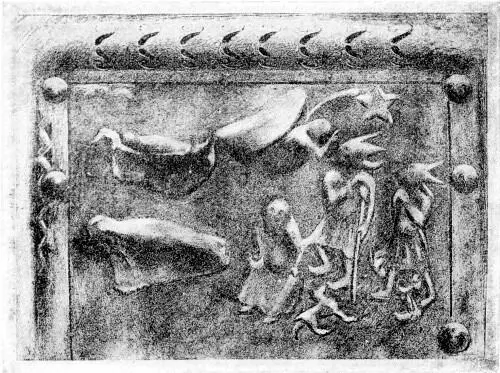
III.
THE WARNING TO THE KINGS
SAN ZENONE. VERONA.
21. (1.) Sculpture is essentially the production of a pleasant bossiness or roundness of surface.
If you look from some distance at these two engravings of Greek coins, (place the book open, so that you can see the opposite plate three or four yards off,) you will find the relief on each of them simplifies itself into a pearl-like portion of a sphere, with exquisitely gradated light on its surface. When you look at them nearer, you will see that each smaller portion into which they are divided—cheek, or brow, or leaf, or tress of hair—resolves itself also into a rounded or undulated surface, pleasant by gradation of light. Every several surface is delightful in itself, as a shell, or a tuft of rounded moss, or the bossy masses of distant forest would be. That these intricately modulated masses present some resemblance to a girl's face, such as the Syracusans imagined that of the water-goddess Arethusa, is entirely a secondary matter; the primary condition is that the masses shall be beautifully rounded, and disposed with due discretion and order.
22. (2.) It is difficult for you, at first, to feel this order and beauty of surface, apart from the imitation. But you can see there is a pretty disposition of, and relation between, the projections of a fir-cone, though the studded spiral imitates nothing. Order exactly the same in kind, only much more complex; and an abstract beauty of surface rendered definite by increase and decline of light—(for every curve of surface has its own luminous law, and the light and shade on a parabolic solid differs, specifically, from that on an elliptical or spherical one)—it is the essential business of the sculptor to obtain; as it is the essential business of a painter to get good color, whether he imitates anything or not. At a distance from the picture, or carving, where the things represented become absolutely unintelligible, we must yet be able to say, at a glance, "That is good painting, or good carving."
And you will be surprised to find, when you try the experiment, how much the eye must instinctively judge in this manner. Take the front of San Zenone, for instance, Plate I. You will find it impossible, without a lens, to distinguish in the bronze gates, and in great part of the wall, anything that their bosses represent. You cannot tell whether the sculpture is of men, animals, or trees; only you feel it to be composed of pleasant projecting masses; you acknowledge that both gates and wall are, somehow, delightfully roughened; and only afterwards, by slow degrees, can you make out what this roughness means; nay, though here (Plate III.) I magnify 10 10 Some of the most precious work done for me by my assistant, Mr. Burgess, during the course of these Lectures, consisted in making enlarged drawings from portions of photographs. Plate III. is engraved from a drawing of his, enlarged from the original photograph of which Plate I. is a reduction.
one of the bronze plates of the gate to a scale, which gives you the same advantage as if you saw it quite close, in the reality,—you may still be obliged to me for the information that this boss represents the Madonna asleep in her little bed; and this smaller boss, the Infant Christ in His; and this at the top, a cloud with an angel coming out of it; and these jagged bosses, two of the Three Kings, with their crowns on, looking up to the star, (which is intelligible enough, I admit); but what this straggling, three-legged boss beneath signifies, I suppose neither you nor I can tell, unless it be the shepherd's dog, who has come suddenly upon the Kings with their crowns on, and is greatly startled at them.
Интервал:
Закладка:
Похожие книги на «Aratra Pentelici, Seven Lectures on the Elements of Sculpture»
Представляем Вашему вниманию похожие книги на «Aratra Pentelici, Seven Lectures on the Elements of Sculpture» списком для выбора. Мы отобрали схожую по названию и смыслу литературу в надежде предоставить читателям больше вариантов отыскать новые, интересные, ещё непрочитанные произведения.
Обсуждение, отзывы о книге «Aratra Pentelici, Seven Lectures on the Elements of Sculpture» и просто собственные мнения читателей. Оставьте ваши комментарии, напишите, что Вы думаете о произведении, его смысле или главных героях. Укажите что конкретно понравилось, а что нет, и почему Вы так считаете.
